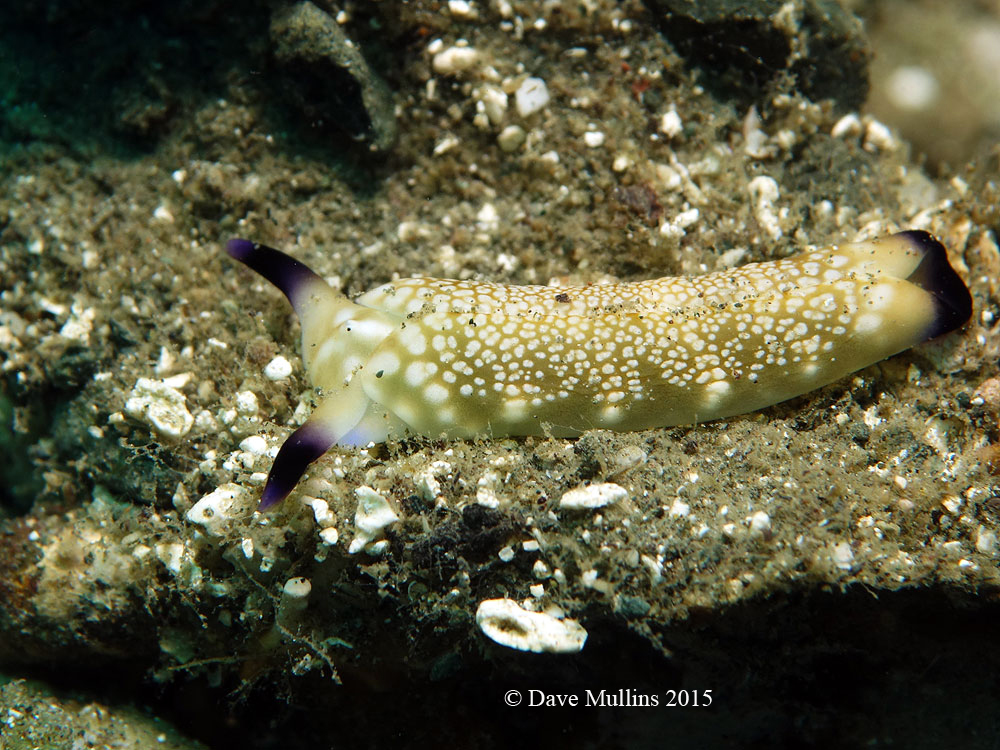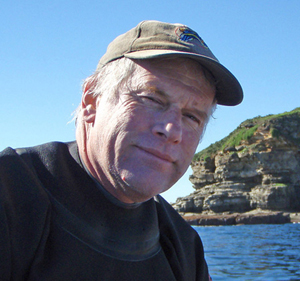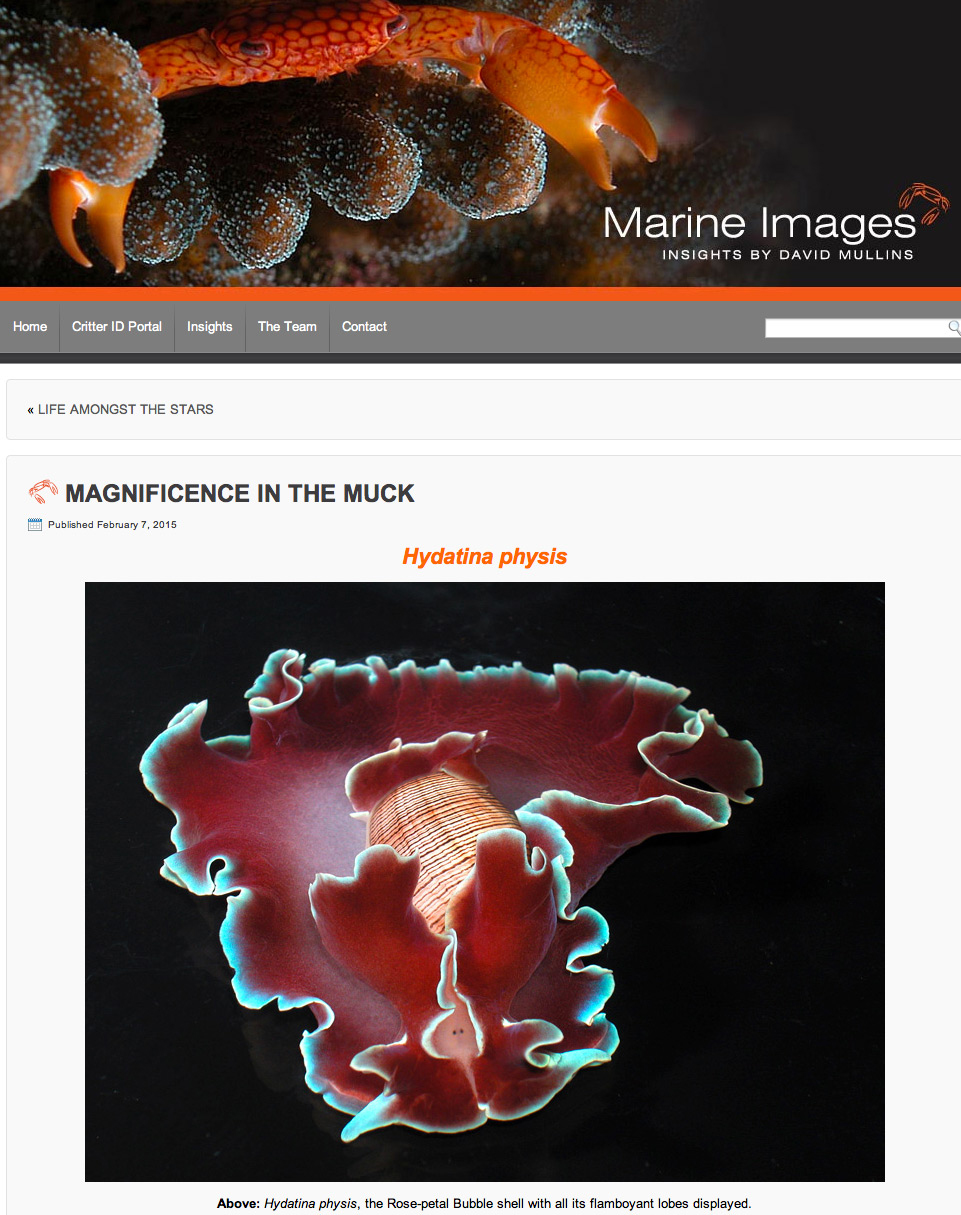 |
Plakobranchus ocellatus
Image courtesy of Dave MullinsLawadi muck, Milne Bay, PNG
Dave Mullins on location
 |
Plakobranchus ocellatus , van Hasselt, 1864
Plakobranchus ocellatus is a highly variable species of sea slug and for a long time it has been suggested that there may be a number of cryptic species represented in those variations. The literature records 14 names that have been given to this species all currently considered junior synonyms so that the Plakobranchus genus remains monotypic. However recent Sacoglossa DNA research (Krug), which included varieties of Plakobranchus, has indicated that: "..Diversity in our three focal taxa was underestimated up to tenfold by overly conservative taxonomic practices, suggesting sea slug diversity could be far higher than current estimates.." The research suggests that we may be looking at six perhaps up to ten species within the Plakobranchus complex. Taxonomic descriptions of these will hopefully be forthcoming shortly. Plakobranchus is common and widespread but is often overlooked. Its external anatomy is distinctive however and it is easily separated from its fellow Plakobranchidae family members, the well-known Elysia and Thuridilla, with its rather flattened dorso-ventral appearance and the large head tentacles carried laterally and arising from the anterior corners of its wide head. |
"..genes from the slug's algal food species have not only been transferred into the slug cell but have been incorporated into the chromosomes and are now vertically transmitted in the slug germ line." i.e. to the next generation. The study was performed upon Elysia chlorotica and it has yet to be determined how widespread among the Sacoglossa this phenomenon is utilized.
Simple creatures - complex processes.
References:
- Burn R. (1998) Order Sacoglossa Pp 961-974 in Beesley, P.L., Ross, G.J.B. & Wells, A. (eds) Mollusca: The Southern Synthesis. Fauna of Australia. Vol. 5. CSIRO Publishing: Melbourne, Part B.
- Krug P. J. et al (2013) Integrative species delimitation in photosynthetic sea slugs reveals twenty candidate species in three nominal taxa studied for drug discovery, plastid symbiosis or biological control. Molecular Phylogenetics and Evolution 69: 1101-1119.
- Rudman 1998 - 2010. Plakobranchus ocellatus, Factsheet & Related Messages, Sea Slug Forum, Australian Museum, Sydney.
- Schwartz J. A., Curtis N. E., Pierce S. K. (2014) FISH Labeling Reveals a Horizontally Transferred Algal (Vaucheria litorea) Nuclear Gene on a Sea Slug (Elysia chlorotica) Chromosome. Biological Bulletin 227: 300-312.
Dave Mullins
Queensland, Australia
April 2015
Send Dave email at marineimages@hotmail.com
WEBMASTER'S NOTES: Dave's image brings back memories of a trip to Lissenung Island, PNG back in March 2012. One late afternoon dive in particular jogged my memory, billed as a "mandarin fish" dive a group of us (including Dave) set out to capture their remarkable mating behavior. Well, you know how most mandarin fish dives turn out and this one was no exception. Too many divers and not enough subjects. Getting bored, I happened to notice Nosaki our guide was uncovering something in the sand! Lo and behold a Plakobranchus ocellatus was observed emerging from appeared to be a cocoon like casing in the sand. Although there is not too much action, I was able to record this emergence for your review. Video is in 720p and MPEG4 format and will be up until April 25th. Click on Plakobranchus ocellatus to view the video!

|
